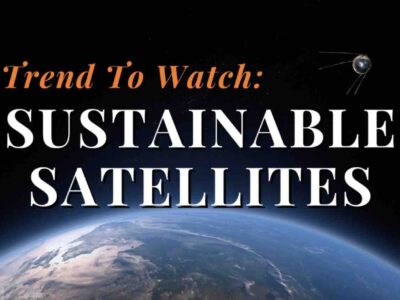This year’s US Open Tennis Championship, held annually in Queens, NY, takes place from Aug. 28 to Sept. 10. The US Open, with its iconic blue courts and hard surface, is the fourth and final of the major tennis tournaments of the year, referred to as the Grand Slam.
It follows not long after 2023’s Wimbledon Championship in London. Markéta Vondroušová took home first in the women’s final, and it concluded on July 16 with Carols Alcaraz defeating Novak Djokovic for the men’s trophy.
As predictions by experts and analysts on who will win (and lose) the US Open rise, we’re covering a slightly different topic: sustainability at sporting events! We’ll start with Wimbledon, which had historic achievements on and off the courts. Vondroušová became the first unseeded female player to win the Wimbledon title in history, 20-year-old Alcaraz won his first Wimbledon title after beating one of the greatest players in tennis history in the finals, and Evian debuted its first-ever on-court refillable water system at the event.

Photo Courtesy evian
The Wimbledon Championships
It’s odd at first glance to consider the environmental impact of an event primarily revolving around two players hitting a ball back and forth on a grass court. But, like most sports events, the predominant form of carbon emissions generated by Wimbledon is from travel. A 2021 report found that “91.3% of the tournament’s total emissions — a massive 33,461 tonnes of CO2e — is released as fans, players, officials, media, and staff travel to south-west London.”
The All England Lawn Tennis and Croquet Club (AELTC), the venue that hosts the Wimbledon Championships, has put forth efforts to reduce its impact by carbon offsetting, increasing recycling efforts, adding reusable water systems, and encouraging fans to travel via public transport. In addition, it promised some serious environmental reductions:
- Reducing emissions from its operations to ‘net zero’ by 2030
- Being a resource-efficient organization by 2030
- Contributing to a ‘net gain’ in biodiversity by 2030
- Using its influence to inspire wider action

Photo Courtesy Wimbledon
The water brand Evian has been the official water of the Wimbledon Championships since 2008, and it’s released some new, sustainable initiatives in recent years.
The company introduced 100% recycled PET bottles in 2019, added recycling incentives for fans in 2022, and debuted its refillable on-court system meant to encourage players to reuse water in 2023.
On day four of this year’s event, the AELTC fielded questions about the environmental impact of Wimbledon. One message based on questions asked? There’s more to be done.
“We recognize the role we can play as a global sporting event in encouraging more sustainable behavior, and each year we build on making this a seamless part of our guests’ experience,” Hattie Park, Wimbledon’s sustainability manager, said at an All England Club hosted panel. “There is always more we can do, and this morning’s panel was an important reminder for us and other sporting events, governing bodies, and athletes to use our platforms to shape new behaviors and attitudes and draw attention to this defining global challenge.”
The US Open
The United States Tennis Association (USTA) started a US Open sustainability program in 2008. According to the US Open website, the initiatives have cut more than 130,000 metric tons of GHGs, diverted more than 6,500 tons of waste generated at the events from landfills, and donated more than 185 tons of food to local communities.
Interestingly, the US Open was also one of the first major North American organizations to sign the United Nations Sports for Climate Action Framework, an international group focused on driving climate awareness and impact.
The US Open’s venue is the USTA Billie Jean King National Tennis Center, named after the famous women’s player and social activist. King is a pioneer in advocating for more sustainability in sports, and she’s helped lead efforts to turn the US Open venue into one of the most sustainable in the world. From its 2008 campaign slogan, “Our courts may be blue, but we’re thinking green’ campaign in 2008,” to offsetting carbon emissions, the US Open can’t be accused of not trying to cut emissions.

Photo Courtesy Billie Jean King Twitter
What’s Next?
It’s clear that there’s a long way to go before sporting events are truly sustainable and environmentally friendly, but even small steps forward are better than none. A growing number of tennis players, leaders, and fans are pushing for more eco-friendly measures at events, and it seems like organizers and others are taking notice. While some are taking more extreme (and not encouraged) methods than others, the writing is on the wall: sustainability in sports is here to stay.
While Wimbledon and the US Open have a long way to go before achieving net-zero emissions, they do seem to care. And, as Billie Jean King said, “The main thing is to care. Care very hard, even if it is only a game you are playing.”





